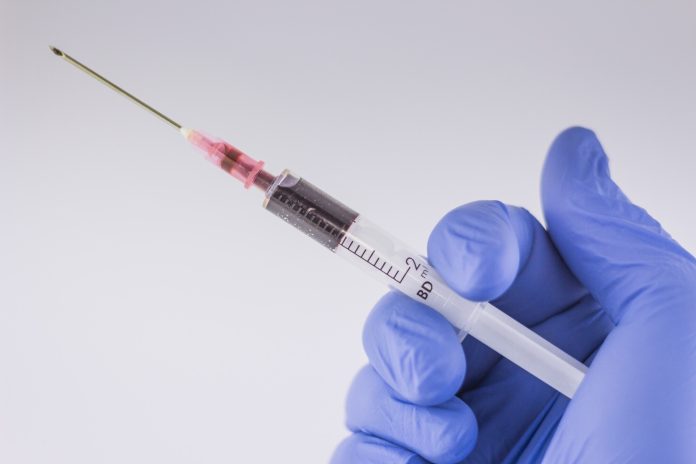Hospitals, doctors’ offices, and clinics use blood collection needles to give patients blood tests.
Blood collection needles range from tiny to big, short to long. But there are other factors to consider when picking the right needle for your laboratory use.
This process is much more complicated than most people would expect.
Different types of needles have different purposes and advantages, and disadvantages. But you must understand how blood collection needles work to choose the best for every procedure.
Keep reading as we discuss how to choose a blood collection needle for your needs.
How to Choose a Blood Collection Needle
Choosing the right blood collection needle is essential to ensure that the procedure is successful and that the vein is not damaged. Here are the factors that you should consider when choosing a needle for your needs:
Size of the Needle
The size will be determined by the gauge, which is the diameter of the lumen, or opening, of the needle. The larger the gauge, the smaller the diameter of the needle. The most common gauges are 18, 20, and 22.
The 20 and 22-gauge needles are most often used for venipuncture because they are small enough to minimize the trauma to the vein while still allowing for a large enough lumen to accommodate the necessary amount of blood. The 23 and 25-gauge needles are too small to be used for venipuncture and only for skin punctures.
Type of the Needle
The type of needle is one of the most important factors when choosing a blood collection needle. The type of needle you choose will depend on your procedure and the patient you are working with.
The three main types of medical needles are butterflies, syringes, and cannulas. Butterfly needles are primarily used for infants and small children.
Syringes are the most common type of needle used for blood collection. Cannulas are used when larger quantities of blood are needed or when the person has difficult veins. Be sure to choose the right type of needle for the procedure you will perform.
Length of the Needle
The needle should be long enough to reach the desired depth but not so long that it causes discomfort to the patient. For most venipunctures, a 1 or 1.5-inch needle is sufficient.
The Bevel
The bevel is the slanted edge of the needle that determines the direction in which the needle will enter the vein. The bevel should be angled to enter the vein at a 45-degree angle. This will help ensure that the needle does not damage the vein.
Choose the Right Needle!
Choosing the right blood collection needle is essential to ensure a successful procedure with minimal pain. The type of needle, size, and length should be chosen based on the patient’s vein size and depth and the desired blood volume. The type of procedure and the patient’s risk factors should also be considered when selecting a blood collection needle.
Each person is different, so what works for one person might not work for another. Talk to your doctor or a phlebotomist to see what they recommend for your needs.
If you found the information in this article helpful, why not visit the rest of our website?









